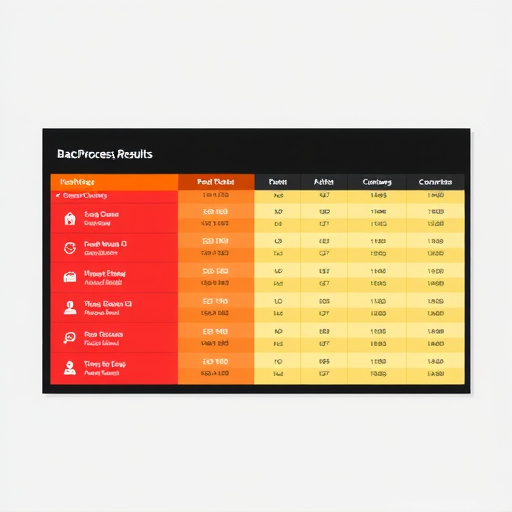Air intake filters, varying in size, offer tailored solutions for vehicle and HVAC needs. A comparative analysis is crucial for optimal performance. Larger filters enhance airflow, benefiting high-performance vehicles, while smaller ones restrict flow but capture more particles for daily drivers. Balancing airflow and filtration, the right filter size maximises engine potential, improves efficiency, and reduces maintenance costs, as this guide emphasizes through practical tips for selection based on specific driving conditions.
“Unleash your vehicle’s full potential with a simple yet powerful upgrade: larger air intake filters. This article guides you through the intricate world of air intake filter sizes, offering insights that every car enthusiast should know. We’ll explore how these seemingly small changes can significantly impact performance and efficiency. From understanding the comparison between various filter sizes to uncovering the numerous benefits of an upgrade, this comprehensive read ensures you make informed decisions for optimal engine health.”
- Understanding Air Intake Filter Sizes and Their Impact
- Benefits of Upgrading to Larger Air Filters
- Comparing Different Filter Sizes: A Practical Guide
Understanding Air Intake Filter Sizes and Their Impact

When it comes to upgrading your vehicle’s performance, paying attention to the air intake filter sizes is often overlooked but can significantly impact overall efficiency. Air intake filters come in various dimensions, each designed for specific applications and vehicles. Understanding this comparison allows car enthusiasts and mechanics to make informed choices when enhancing engine performance.
The size of an air intake filter directly correlates with the amount of airflow it allows into the engine. Larger filters typically offer lower restriction, enabling a smoother flow of cool, dense air, which is crucial for optimal combustion. This is especially beneficial for high-performance vehicles or those modified for enhanced power outputs. Conversely, smaller filters may restrict airflow, potentially leading to reduced engine performance and efficiency. Therefore, a thorough analysis of your vehicle’s requirements and the available filter sizes in comparison is essential before making an upgrade.
Benefits of Upgrading to Larger Air Filters

Upgrading to larger air filters offers significant advantages for various systems, especially in vehicles and HVAC (Heating, Ventilation, and Air Conditioning) units. When it comes to air intake filters, choosing the right size is crucial for optimal performance. A comparison of different air filter sizes reveals that larger filters can capture more particles, ensuring cleaner air enters the system. This is particularly beneficial for improving engine efficiency in vehicles, as it allows for better airflow, leading to increased horsepower and torque.
Moreover, larger air filters reduce the frequency of replacements, which translates to cost savings over time. They can handle higher volumes of air, meaning they stay cleaner for longer periods, requiring less frequent cleaning or replacement. This extended lifespan not only reduces waste but also minimizes downtime, ensuring uninterrupted operation in critical systems like HVAC and automotive applications.
Comparing Different Filter Sizes: A Practical Guide

When it comes to enhancing engine performance through air intake filters, understanding the importance of size is key. An air intake filter size comparison reveals that smaller filters allow for greater airflow, benefitting high-performance engines. However, larger filters trap more dirt and debris, improving overall filtration efficiency. The ideal choice lies in striking a balance between these factors.
For daily drivers, a slightly larger filter may offer better protection against pollutants without significantly restricting airflow. Conversely, track or racing vehicles benefit from smaller, high-flow filters that minimize air restrictions for maximum power output. This practical guide emphasizes the need to consider not only performance goals but also driving conditions when selecting an air intake filter size.
Upgrading to larger air intake filters can significantly enhance your vehicle’s performance and efficiency. By understanding the impact of different air filter sizes, you can make an informed decision to ensure optimal engine health and improved driving experience. A thorough comparison of air intake filter sizes allows car enthusiasts and mechanics alike to choose the best fit, maximizing airflow and minimizing restrictions. This practical guide highlights the benefits of embracing larger filters, making it easier than ever to navigate the world of air intake upgrades.














